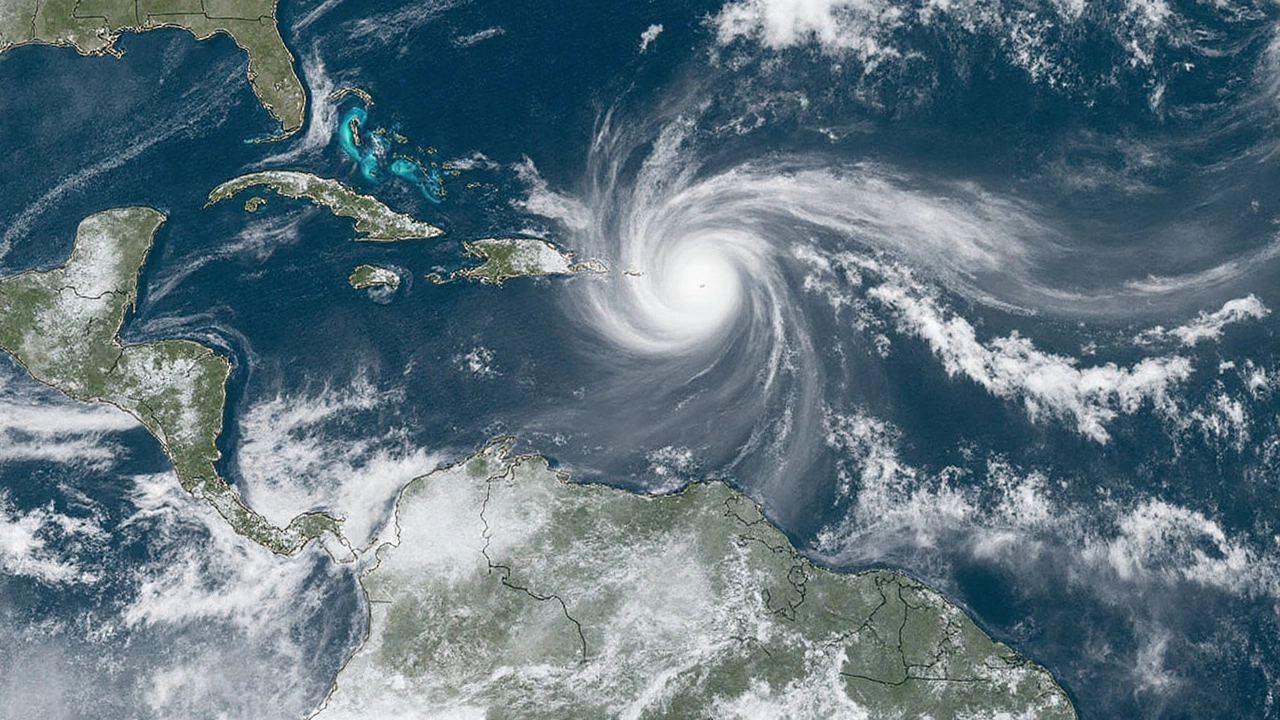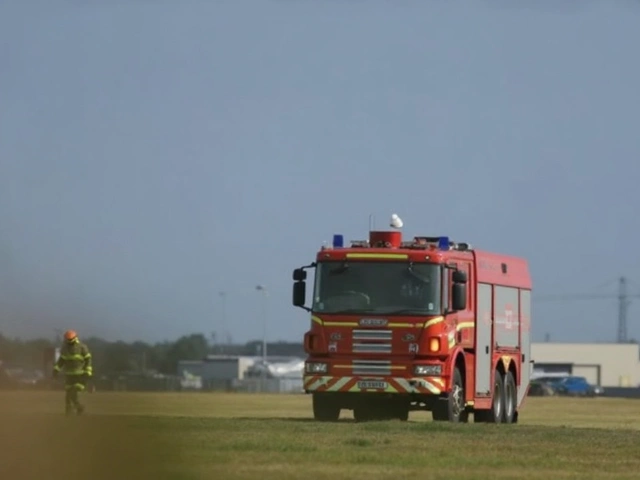Atlantic Hurricanes: What You Need to Know
If you live near the coast or follow weather news, you’ve probably heard the term "Atlantic hurricane" a lot. These are powerful storms that form over warm ocean water and can bring wind, rain, and flooding to many places. Understanding the basics helps you stay calm and be ready when a storm shows up.
How Hurricanes Form
A hurricane starts as a bunch of warm, moist air rising from the ocean. As that air rises, it cools and creates clouds. The Earth’s spin—called the Coriolis effect—makes the clouds start to spin too. When the wind speed reaches at least 74 miles per hour, the system officially becomes a hurricane. The Atlantic basin sees most of its storms between June 1 and November 30, which is called the hurricane season.
Sea surface temperature is the biggest driver. Warmer water gives the storm more energy, so hotter summers can mean stronger storms. That’s why scientists keep a close eye on water temps, wind shear, and humidity levels to predict whether a tropical wave will turn into a full‑blown hurricane.
Staying Safe During the Season
The best way to stay safe is to have a plan before a storm hits. Make a simple checklist: grab flashlights, extra batteries, bottled water, non‑perishable food, and a first‑aid kit. Keep your phone charged and have a portable charger handy. If you live in a flood‑prone area, know the fastest route to higher ground.
When a storm is announced, follow local authorities. They’ll tell you whether to evacuate or stay put. Don’t wait for the wind to pick up—if an evacuation order comes, leave early to avoid traffic jams.
One recent example is Hurricane Erin. The Met Office warned that Erin could break the UK’s record heatwave and bring rain and wind. While Erin is still crossing the Atlantic, officials are already prepping emergency services. This shows how even storms that seem far away can affect us, so staying informed matters.
Use reliable sources for updates—national weather services, local news apps, or official social media accounts. Avoid rumors and unofficial sites that might spread inaccurate info.
If you’re stuck indoors during a hurricane, stay away from windows. Keep a radio or smartphone nearby for alerts. After the storm, watch out for downed power lines, flooded roads, and debris. Take photos of any damage for insurance claims, but only if it’s safe.
Finally, remember that hurricanes are natural events. They can’t be stopped, but you can reduce their impact on you and your family by being prepared, staying calm, and following trusted guidance. Keep this guide handy, check your emergency kit regularly, and you’ll be ready for whatever the Atlantic throws your way.
Kieran Lockhart, Aug, 19 2025
Hurricane Erin Roars to Category 5: First Major Storm of 2025 Rocks Atlantic and Threatens East Coast
Hurricane Erin, the first major hurricane of 2025, exploded to a Category 5 with peak winds of 160 mph, fueled by record-warm Atlantic waters. The storm has already caused flooding and fatalities in Cape Verde, power outages in Puerto Rico, and urgent warnings for the U.S. East Coast. Erin underscores the role of climate change in fueling extreme storms.
View More




